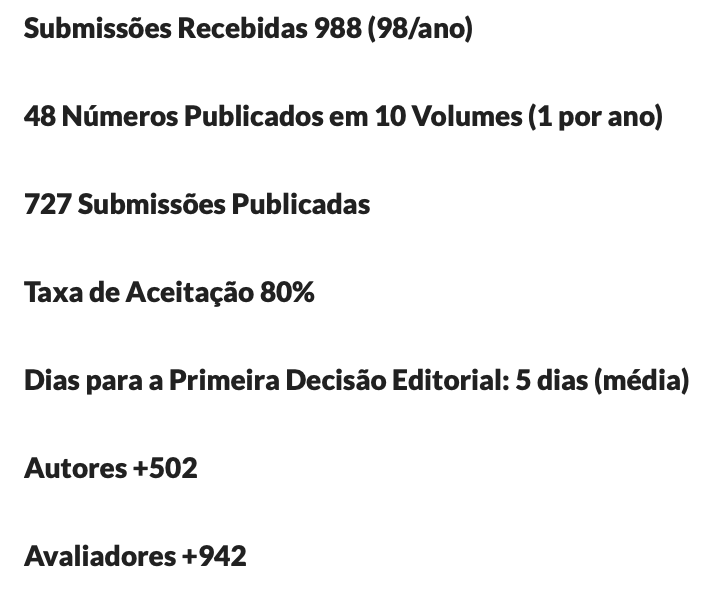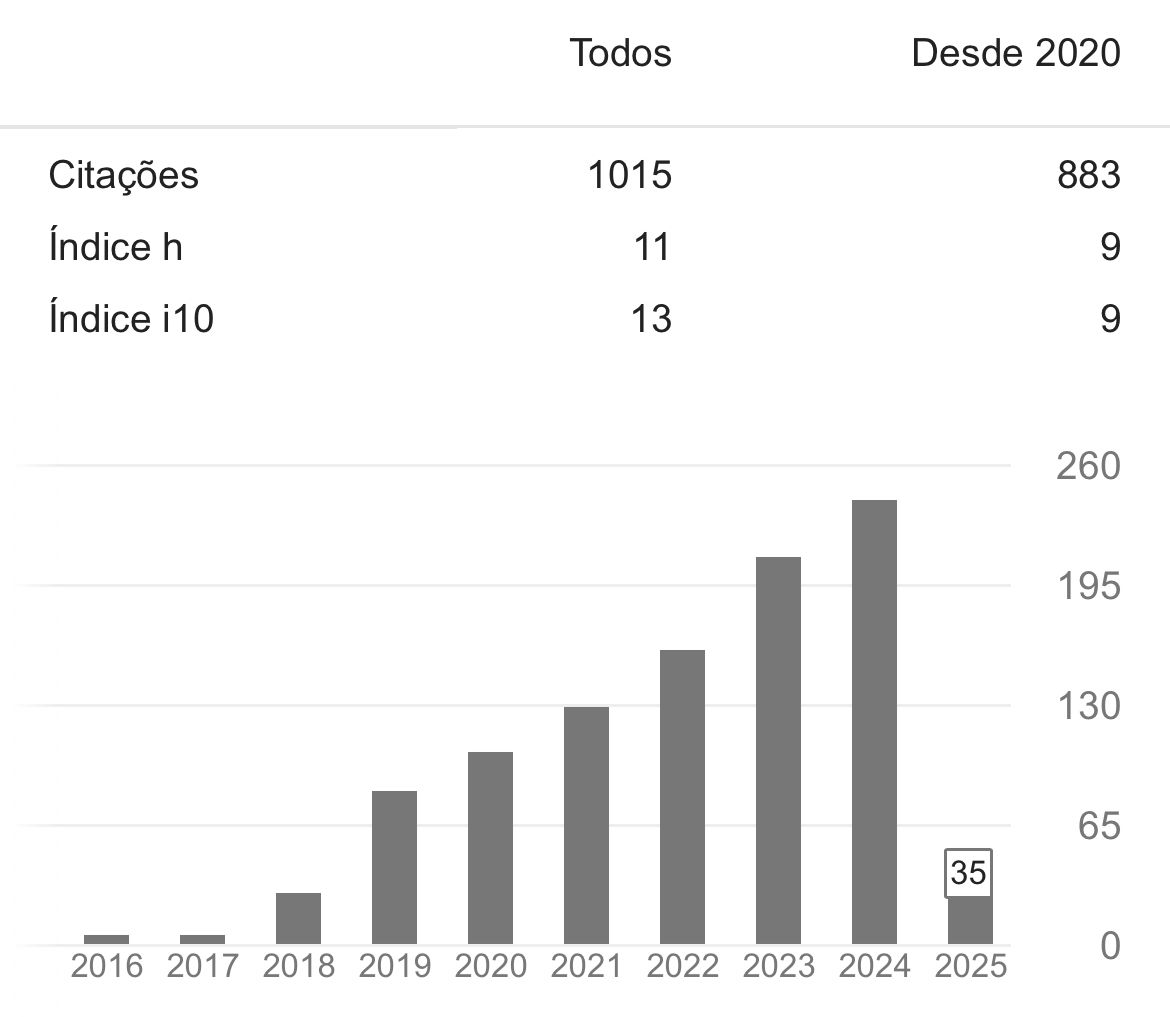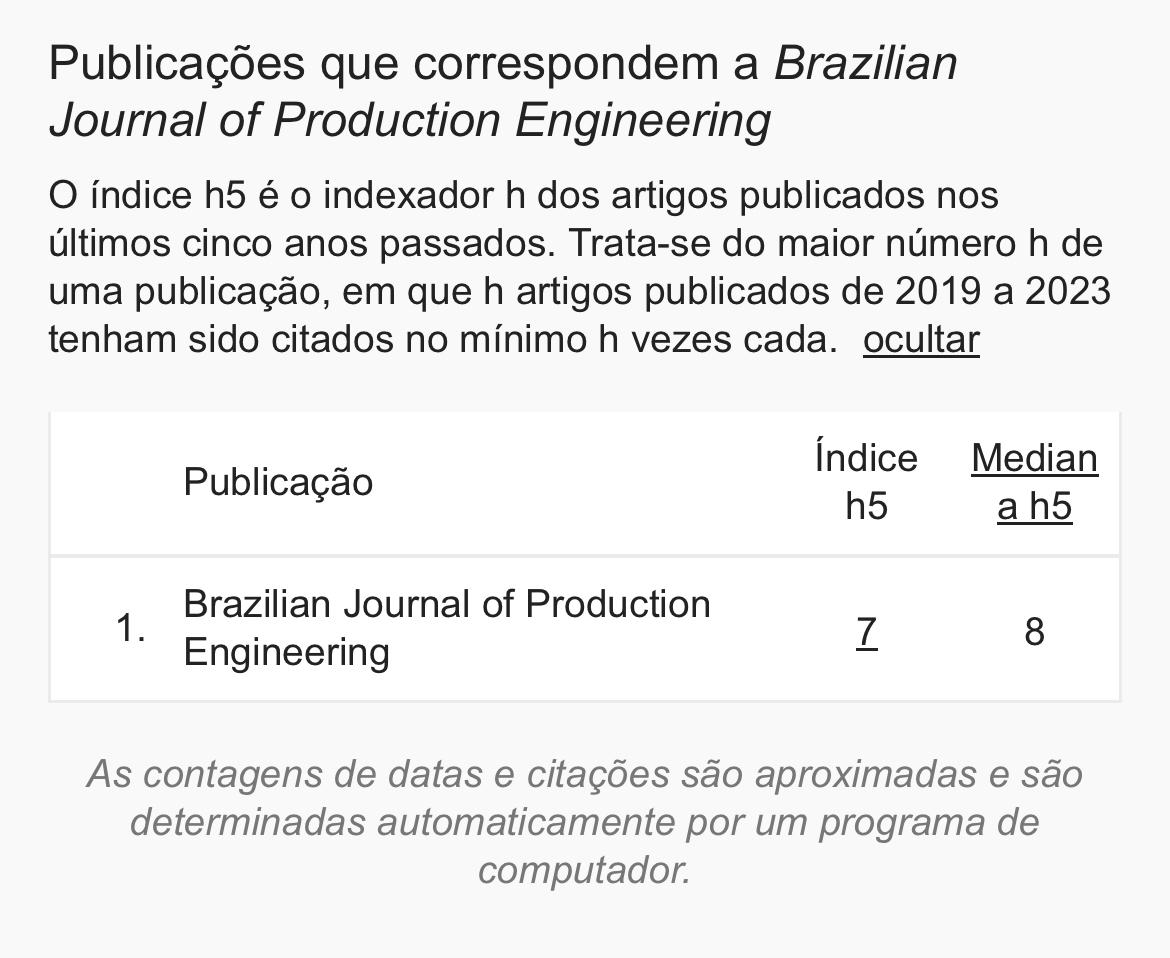The evaluation of curcumin and analogues as potential inhibitors of the urease enzyme
DOI:
https://doi.org/10.47456/bjpe.v7i5.35896Keywords:
Curcumin, urease inhibitor, docking molecularAbstract
Ureases are enzymes that catalyze the hydrolysis of urea into carbon dioxide, ammonia and water. The hydrolysis of urea plays an important role on nitrogen cycle, once it provides such element for the growth of microorganisms and plants. However, the excessive action of the urease leads to several problems in living microorganisms, and it can cause economic and environmental damages as well. Urease inhibitors can be a good alternative for the treatment of diseases caused by pathogenic microorganisms, which are dependents on the urease enzyme. The Curcumin, a natural product from the curcuma longa, known in Brazil as saffron, has a structure capable of complexing metals, which makes it a potential inhibitor of metalloproteins just like the urease. For such reason, this work aimed to evaluate the potential of interaction of the curcumin and eleven analogues with the active site of the urease enzyme, using the Autodock and Mopac2016 programs for that. Based on the results, it was observed that nine compounds showed a better interaction with the active site of the urease enzyme when compared to the urea substrate, presenting then binding energies between -7,24 and -5,12 kcal/mol, while the urea presented such energy equals to -4,10 kcal/mol. The curcumin got the fifth position by presenting a binding energy equals to -6,21 kcal/mol, demonstrating a greater potential for being used as urease enzyme inhibitor.
Downloads
References
Ahmed, M., Qadir, M. A., Hameed, A., Arshad, M. N., Asiri, A. M., & Muddassar, M. (2017). Azomethine, isoxazole, N-substituted pyrazoles and pyrimidine containing curcumin derivatives: Urease inhibition and molecular modeling studies. Biochemical and Biophysical Research Communications, 490, 434-440.
Ali, F., Shamim, S., Lateef, M., Khan, K. M., Taha, M., Salar, U., Wadood, A., Rehman, A. U., Nawaz, N. U. A., & Perveen, S. (2021). N-Aryl-3,4-dihydroisoquinoline carbothioamide analogues as potential urease inhibitors. ACS Omega, no prelo.
Arshad, T., Khan, K. M., Rasool, N., Salar, U., Hussain, S., Asghar, H., Ashraf, M., Wadood, A., Riaz, M., Perveen, S., Taha, M., & Ismail, N. H. (2017). 5-Bromo-2-aryl benzimidazole derivatives as non-cytotoxic potential dual inhibitors of α-glucosidase and urease enzymes. Bioorganic Chemistry, 72, 21-31.
Balasubramanian, A., & Ponnuraj, K. (2010). Crystal Structure of the First Plant Urease from Jack Bean: 83 Years of Journey from Its First Crystal to Molecular Structure. Journal of Molecular Biology, 400(3), 274-283.
Barrios, A. M., & LIPPARD, S. J. (2000). Interaction of Urea with a Hydroxide-Bridged Dinuclear Nickel Center: An Alternative Model for the Mechanism of Urease. Journal of the American Chemical Society, 122(38), 9172-9177.
Biazus, M. (2015). Modelagem e Análise de Conformidade do Processo Presente em Estratégias Computacionais de Atracamento Molecular (Trabalho de conclusão de curso de graduação). Instituto de Informática da Universidade Federal do Rio Grande do Sul, Porto Alegre, Rio Grande do Sul.
Silva, V. A., da (2017). Estudo, por modelagem molecular, da inibição da enzima acetohidroxiácido sintase utilizando diferentes derivados pirimidinilsalicilatos (Dissertação de mestrado). Universidade Federal de Uberlândia, Uberlândia, Minas Gerais.
Elbastawesy, M. A. I, Aly, A. A., El-Shaier, Y. A. M. M., Brown, A. B., Abuo-Rahma, G. E. A., & Ramadan, M. (2021). New 4-thiazolidinone/quinoline-2-ones scaffold: Design, synthesis, docking studies and biological evaluation as potential urease inhibitors. Journal of Molecular Structure, no prelo.
Fokoue, H. H., Pinheiro, P. S. M., Fraga, C. A. M., & Sant’Anna, C. M. R. (2020). Há algo novo no reconhecimento molecular aplicado à Química Medicinal? Química Nova, 43(1), 78-89.
Khan, K. M., Wadood, A., Aali, M., Zia, U., Ul-haq, Z., Lodhi, M. A., Khan, M., Perveen, S., & Choudhary, M. I. (2010). Identification of potent urease inhibitors via ligand- and structure-based virtual screening and in vitro assays. Journal of Molecular Graphics and Modelling, 28(8), 792-798.
Ladeira, M. S. P., Salvadori, D. M. F., & Rodrigues, M. A. M. (2003). Biopatologia do Helicobacter pylori. Jornal Brasileiro de Patologia e Medicina Laboratorial, 39(4), 335-342.
Mamidala, R., Bhimathati, S. R. S., & Vema, A. (2021). Discovery of novel Dihydropyrimidine and hydroxamic acid hybrids as potent Helicobacter pylori urease inhibitors. Bioorganic Chemistry, 114, 105010.
Modolo, L. V., De Souza, A. X., Horta, L. P., Araujo, D. P., & De Fátima, A. (2015). An overview on the potential of natural products as ureases inhibitors: A review. Journal of Advanced Research, 6(1), 35-44.
Stewart, J. J. P. (2016). MOPAC. (Versão 20.225W) [Software]. Colorado Springs, Colorado, EUA: Stewart Computation Chemistry. Recuperado de http://OpenMOPAC.net
PubChem, National Center of Biotechnology Information, 8600 Rockville Pike, Bethesda, MD, 20894 USA.
Ruby, A. J., Kuttan, G., Babu, K. D., Rajasekharan, K. N., & Kuttan, R. (1995). Anti-tumour and antioxidant activity of natural curcuminoids. Cancer Letters, 94(1), 79-93.
Sueth-Santiago, V., Mendes-Silva, G. P., Decoté-Ricardo, D. & De Lima, M. E. F. (2015). Curcumina, o pó dourado do açafrão-da-terra: introspecções sobre química e atividade biológicas. Química Nova, 38(4), 538-552.
Thomas, G. (2003). Química Medicinal: uma introdução (1ª ed). Rio de Janeiro: Guanabara Koogan.
Wanninger, S., Lorenz, V., Subhan, A., & Edelmann, F. T. (2015) Metal complexes of curcumin-synthetic strategies, structures and medicinal applications. Royal Society of Chemistry Advances, 44(15), 4986-5002
Downloads
Published
How to Cite
Issue
Section
License
Copyright (c) 2021 Brazilian Journal of Production Engineering - BJPE

This work is licensed under a Creative Commons Attribution-NonCommercial-ShareAlike 4.0 International License.

















































































